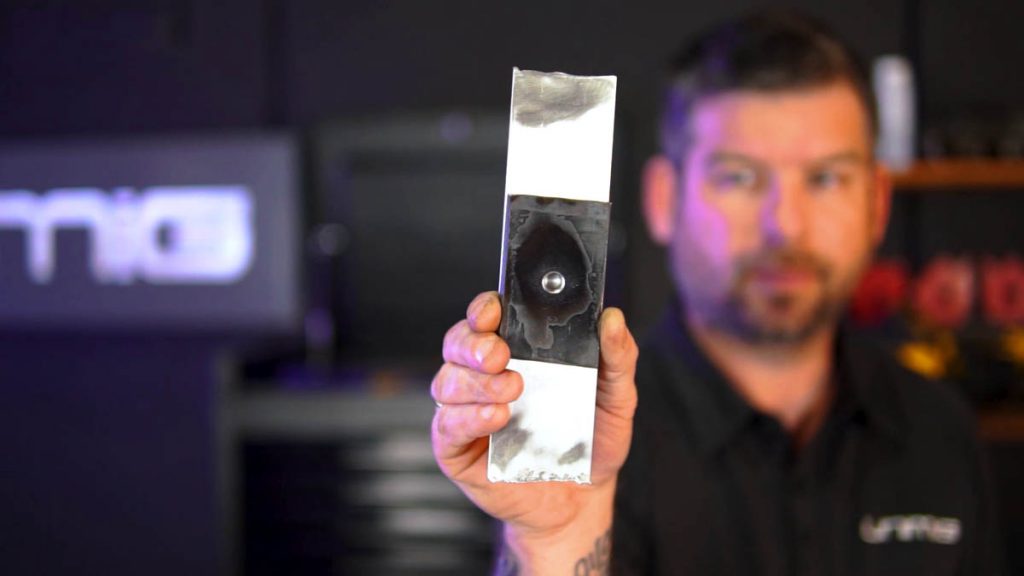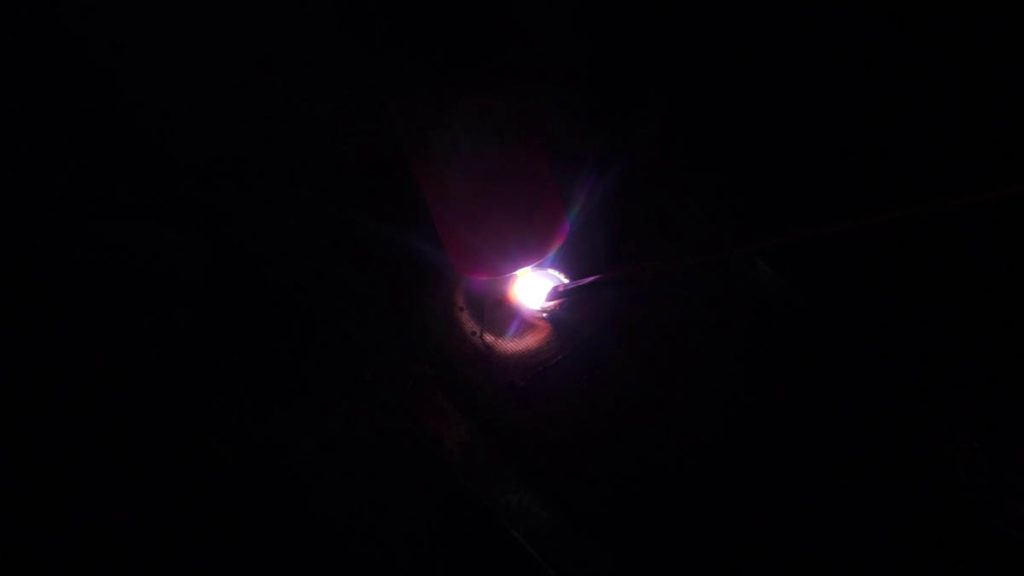7 Tips & Tricks That’ll Take Your Sheet Metal Welds to the Next Level
May 6, 2021
Welding sheet metal can be pretty fiddly, and making sure that your machine settings are spot on is one of the best ways to make the whole process easier. That’s a pretty lame tip, though, so here are a few of our (much better) tips for getting the best weld on sheet metal you can.
1. Get a good earth
When you’re working with sheet metal, you need a good grounding, even if you’re working on part of your car. Say you’re working on fixing a front door panel; having your earth clamp attached to the boot isn’t going to help. It’s too far away.
Getting a good earth may mean grinding some paint off and clearing some metal to make it bare, but having your clamp as close to – or directly on – the metal you’re welding is going to provide the best result.
When your earth clamp is too far away or not directly touching bare metal, your arc can wander, and the weld quality plummets.
2. Backing plates
Get yourself some copper backing plates. They’re used as heat sinks, so you don’t blow holes in your metal if there’s a gap between the two pieces or if it’s super thin.
Not only are they good for absorbing some of the extra heat, but they can be easily removed once you’re done, as steel and aluminium won’t stick to copper.
Unfortunately, using a backing plate is only possible if you have access to the back of the panel, so you won’t be able to use them in every situation.

3. Keep your fit flat
If you’re working on a car, you’re probably more likely to have a body hammer, but they’re useful for more than just car panels.
Working your metal with a body hammer as you go helps to release some of the stress that’s in the metal, which reduces the warpage. You can do this on your tacks as well as the actual weld, and it helps to flatten your tacks down, so they’re easier to weld over later.
Hammering the stress out of the metal will usually flatten it back out as well, removing a lot of the warpage as you go so you can weld a mostly straight piece of metal the whole time. You don’t need to hit it too many times or beat it as hard as you can. You’re not hammering a nail, be gentle.
Be careful when hammering a MIG weld, though, as the actual weld is more brittle, and if you hit it too hard or too much, it’ll crack.
4. Metal manipulation
If your metal needs to be shaped to fit, like when you’re making a panel that needs to match the rest of the curves on the car, it has to happen before you start welding.
Sometimes the weld will pull the piece into the correct shape, but exaggerated curves or two different bends on a single panel – that kind of thing needs to be done beforehand.
5. Don’t leave holes
Like with every weld, you need to fill the entire joint. When you’re working with sheet metal for car panels, it’s even more crucial that you don’t leave any holes at all. Even a pinhole will allow moisture in.
Whenever you restart your weld, start over the end of the previous weld. That way they’re tied together, blended properly, and there’s no chance of a hole being between two welds.
Any kind of moisture in your metal is going to cause rust, which is why eliminating any potential points of entry is essential.

6. Making your welds flush
When you’ve finished welding, all you want to do is sand your welds flush with the sheet metal and smooth them out. To do this, attach a flap sanding disk to your grinder to go over it.
Don’t gouge your metal with your grinder; you don’t want to touch any of the actual sheet metal. Rather than running back and forth over the weld (often hitting the base metal on either side of the weld and then humping over the actual weld), angle your grinder so that it only touches the weld metal.
7. Don’t freehand it, use a template
If you need to make a specific shape, or you’re trying to recreate a part, don’t try and freehand draw it.
Paper, manilla folders, cardboard, etc., make for great templates. They’re flexible, so you can fold them as needed, plus make measurement notes and mark where a piece bends or curves.
If you mess up the drawing or cutting and need to restart, you aren’t wasting metal either.